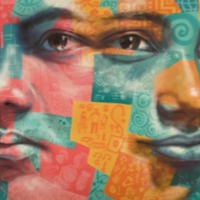
Sisi R.
There are an estimated 61,000 people living in modern slavery in Saudi Arabia (GSI 2018). It is a source and destination country for men and women trafficked from South and South East Asia and Africa. People voluntarily migrate to the country to work in a variety of sectors including construction and domestic service; many of these workers are vulnerable to forced labour. Traffickers and brokers often illegally recruit migrants to work in Saudi Arabia and subsequently forced them into domestic servitude or debt bondage. Female domestic workers are particularly at risk of trafficking due to their isolation inside private residences. Non-payment or late payment of wages remains a complaint from foreign workers, while employer's withholding of worker's passports remains a significant problem. Trafficking perpetrators include businesses of all sizes, private families, recruitment companies in both Saudi Arabia and labor-sending countries, and organized criminal elements. Indonesian domestic worker. Sisi., R. was trafficked into domestic servitude in Saudi Arabia. She was physically abused by her employer and was not paid for her work. At the time of this interview, Sisi had been waiting at the embassy for 11 months to receive the six years of salary owed her by her employers. In order to track the employer down, embassy staff and Saudi police asked her to direct them to the employer’s home.
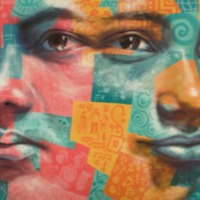
Leann
There are an estimated 17,000 people living in conditions of slavery in Canada (GSI 2018). Both Canadian and foreign citizens are exploited in forced labour and sex trafficking. Forced labour affects migrant workers under ‘low-skilled’ temporary visa streams including the low-wage and primary agricultural streams. These workers are often in restaurants, hotels, agriculture, food preparation, construction or domestic work. Sexual exploitation of Canadian citizens is the most common form of slavery detected by authorities in the country, with 93% of sex trafficking victims being Canadian. Leann developed an addiction issue after a serious industry left her in a wheelchair. She borrowed money to feed her addiction that resulted in her owing money to her traffickers, who forced her into forced criminal activity to pay off her debt. Leanna was forced to open bank accounts, assume fake identities and have multiple IDs to get money for her traffickers. Though she was arrested on a number of occasions, her traffickers were always waiting for her outside jail when she was released. This cycle continued for three years until her traffickers suspected she had stolen from them and locked her in a room where she was sexual and physical abused. She was finally able to escape when one day someone left the door open and she was helped by a passerby.
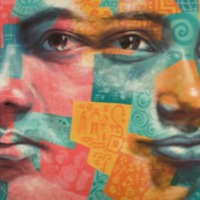
Witness A
There are an estimated 136,000 people living on conditions of modern slavery in the United Kingdom (Global Slavery Index 2018). According to the 2017 annual figures provided by the National Crime Agency, 5, 145 potential victims of modern slavery were referred through the National Referral Mechanism in 2017, of whom 2,454 were female, 2688 were male and 3 were transgender, with 41% of all referrals being children at the time of exploitation. People are subjected to slavery in the UK in the form of domestic servitude, labour exploitation, organ harvesting and sexual exploitation, with the largest number of potential victims originating from Albania, China, Vietnam and Nigeria. This data however does not consider the unknown numbers of victims that are not reported. Witness A was trafficked for commercial sexual exploitation in the UK as a minor. Witness A tells of the numerous organisations and agencies who failed to recognise that she had been trafficked, resulting in her continued exploitation. Subjected to sexual and physical violence, Witness A often found herself in contact with A&E, the police and child services who did not help her escape her exploiters and, on occasion, placed the blame upon herself. Witness A states that it was not until she reached out to the Salvation Army that she was able to escape her exploitation and was placed in a safehouse. However, Witness A talks about the lack of support available even after she was rescued from her traffickers.
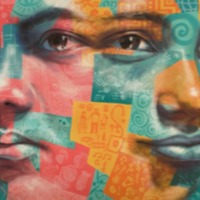
Anil
There are an estimated almost 8 million people living in modern slavery in India (GSI 2018). India has a population of more than 1.3 billion people, there are still at least 270 million people living on less than US$1.90 per day. While laws, systems and attitudes regarding key 'fault lines' such as the caste system, gender and feudalism are rapidly changing, social change of this depth and scale necessarily takes time. In this context, it is perhaps unsurprising that existing research suggests that all forms of modern slavery continue to exist in India, including intergenerational bonded labour, forced child labour, commercial sexual exploitation, forced begging, forced recruitment into nonstate armed groups and forced marriage. After his father became ill and eventually passed away, 13-year-old Anil has been working to help support his mother and four siblings.
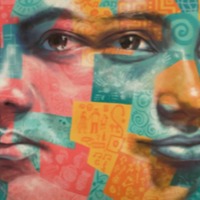
Ira
There are an estimated 794,000 people living in conditions of modern slavery in Russia (GSI 2018). Women and children are subjected to commercial sexual exploitation and sex trafficking in prostitution and pornography. Women are lured by the promise of lucrative employment and a new location, travelling to the country under the pretence of legitimate employment and a better life. However, when they arrive, they are forced into prostitution in brothels, hotels and saunas. There is also evidence of traffickers advertising sexual services of children online. However, despite the evidence of sex trafficking in Russia, it remains an under-recognised area of enslavement in the country. Ira is from a small town in the Vitebsk region of Belarus. Never having a close relationship with her mother, she ran away numerous times. Ira married young and gave birth to a daughter, however the family had little money and no stable accommodation. Ira returned to her mother but found their relationship had not improved. As Ira had little education, it was difficult for her to find a job in her small town. Her neighbour introduced her to a friend from St. Petersburg who earned money by providing escort services. Ira travelled to Russia to work, however upon arrival the work was not what Ira was promised. She found herself forced to provide sexual services to men who could often be violent. Ira escaped one day, jumping from a third story window, sustaining injuries that led to her being unable to walk and confined to a wheelchair. Ira has now found stable employment and has received psychological and reintegration assistance within the counter-trafficking programme implemented by the IOM office in Belarus.